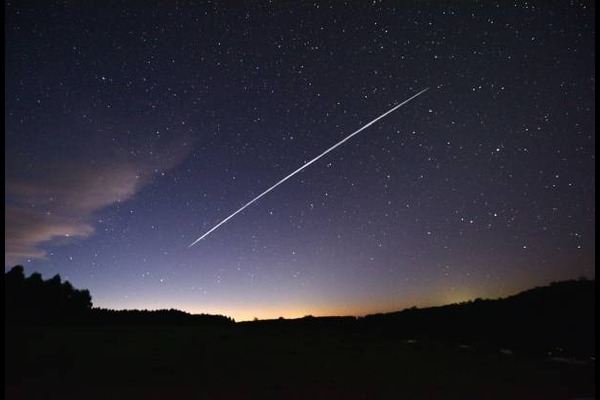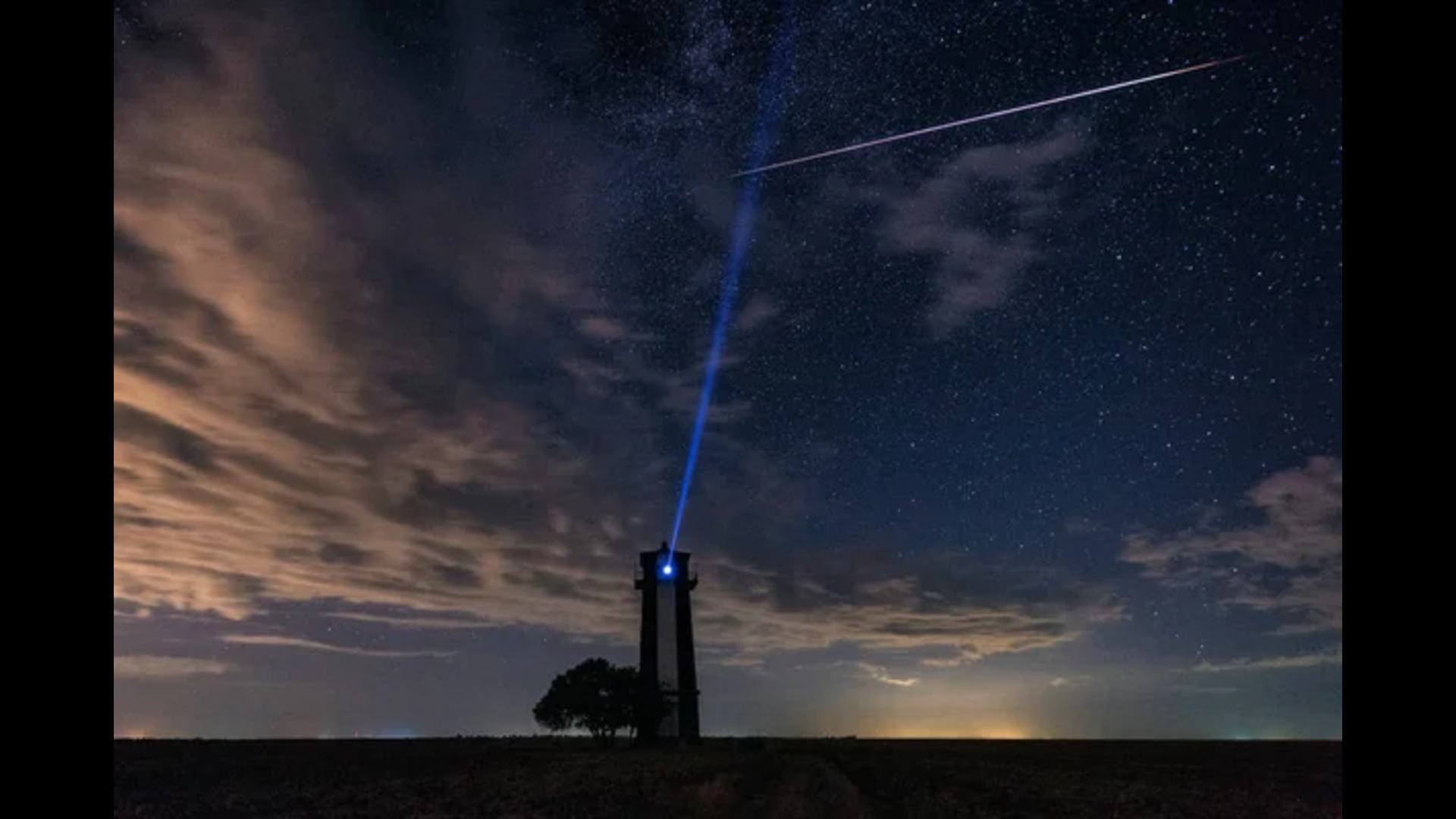The world is advancing to its absolute best and connectivity has surely been one of the biggest aspects of it. Starlink, a high-speed reliable Internet program from SpaceX is another attempt towards improving communication. It aims to provide high-speed Internet to the remotest of areas and is believed to be a game changer in the future. However, it is likely to pose threats to astronomical observation.
“I think we are at the dawn of a new era in commercial space exploration.”
Says Mr. Elon Musk, the multi-millionaire owner of Starlink. In 2019, Mr. Musk announced a space program and launched 60 satellites as a part of Starlink’s expansion. In May 2023, a cluster of more than 4000 satellites of Starlink mission are cruising in the Earth’s outer orbit. Their primary objective is to provide high-speed, reliable Internet across 50+ countries, and bring an unprecedented revolution in Internet communication. However, astronomers have constantly been expressing serious concerns since its launch in 2019, as it can impact astronomical observations and experiments.
 Image Credits: Getty Images
Image Credits: Getty Images
How do Starlink’s satellites challenge astronomical observations?
SpaceX describes Starlink as a satellite constellation whose primary aim is to provide the highest speed internet with the lowest possible fluctuations, irrespective of geographical challenges such as those observed in Himalayan Peak or the dense Amazon forests. While some contest the practicality of these claims, Starlink continues to work on delivering their best.
Currently, Starlink has been providing its customers a 100 mbps speed across all seven continents, not to mention even to the remotest corners of Antarctica. They now plan to expand further by making the satellite constellation have up to 40,000 satellites, which is a beast from the capitalist point of view. However, this rapid technological advancement is also terrifying the astronomers.
A major disadvantage of Starlink satellites is that it has to revolve in the Earth’s lower orbit (LEO), around 200 miles from the ground, which is a major obstruction for regular astronomical observations. At the time of its launch, Musk promised that it wouldn’t be visible to unaided eyes, but a clear stream of satellites in the outer skies was visible to the naked eyes.
Moreover, a recent study named LOFAR between 110 and 188 MHz raised serious concerns as it depicted the low frequency radiations ranging around 150 MHz from the satellite constellation which could heavily affect the astronomical research studies. Apart from obstructing astronomical observation, the radiation of a massive group of thousands of satellites cannot be ignored.
Another rabbit in the hat has been its larger sizes and highly reflective material, which makes the case even worse by hiding the clear skies, which are indeed the play zone for the astronomers. Northwest (NW) Space Association’s senior astronomer Johnson, while observing the Magellanic Clouds through his webcam, stated on the Starlink’s satellites that “I have never seen something like this before. I am in shock”.
Similar interruptions have been noticed in huge numbers in different space projects of different magnitudes; Hubble Space Telescope is also reported to have faced some complications in the recent past.
 Image Credits: Purpledshub
Image Credits: Purpledshub
How commercial space programs can impact astronomical experiments?
Well, Mr. Musk’s 42,000 satellites are not the only obstructors. Yet, another challenge to astronomical studies is the growing interest for commercial satellite launch by other big companies such as Amazon. Amazon has recently asked for legal permission to host its satellite constellation Kuiper in outer space.
These commercial space programs need to be thoroughly addressed with multiple perspectives of political, technological, and academics. Therefore, the International Astronomical Union (IAU) and the astronomers’ group have continuously raised objections and concerns over it.
Solutions and the way ahead
Definitely, the continuous clustering of satellites and their effects are really alarming. Fortunately, the SpaceX team has been quite cooperative with the astronomers to resolve these issues. They recently announced the change of coating material in the upcoming satellites, which will be dimmer and less reflective than the previous ones.
Another strategy that can further improve things is by raising the constellation’s altitude; currently, at around 200 miles, it can go up to 500 miles., This makes them visible only to the aided eyes. On the other hand, astronomers can work on developing equipment that can help them filter obstructions such as cloudy patches, light pollutants, and much more. A detailed report on the working solutions was published by Forbes.
Ultimately, an effective balance needs to be developed between both the parties, because the fact that Starlink has been on a phenomenal rise and could boost the world’s connectivity to an alpha level cannot be neglected. If the efforts come to fruition, Starlink’s growth can boost connectivity and astronomical observations can continue unhindered.


